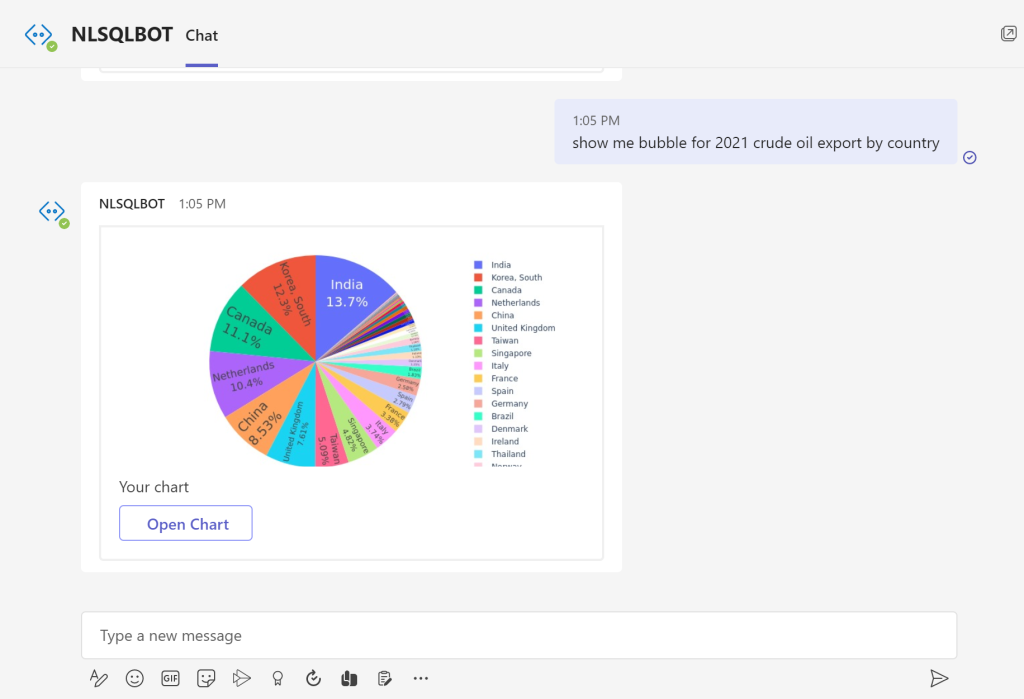In a recent interview, Tom Davenport, a famous researcher and management consultant, discussed significant trends and warnings in the use of big data and analytics to help human decision-making. On the one hand, he believes that cognitive computing or artificial intelligence, which straddle big data, analytics, and knowledge management, will be able to make sense of enormous amounts of data that will not only inform human decision-making but soon be able to make decisions, which will have significant implications for how organisations operate. However, he discovers that most businesses are still largely ignorant of Business Intelligence potential. In addition, he thinks that most firms don’t even realise their most crucial choices at a more fundamental level.
Furthermore, he contends that most organisations lack a basic understanding of their most critical decisions and lack the Business Intelligence tools to assess whether they are improving. He hypothesises that this is likely because decision-making is entwined with issues of power, ego, and office politics. Modern technologies have a great deal of potential for identifying emerging decision circumstances and providing solutions. According to Davenport, the purpose of BI, Big Data and quantitative analysis is to draw conclusions from the data analysis (often prescriptive or predictive conclusions) and utilise those conclusions to guide decisions. The same objective drives descriptive analytics, which is typically carried out under the name of Business Intelligence. Although according to Davenport there is sometimes a weak connection between the sourcing of data, its analysis, and the decisions being taken, all three types of analytics should be informed decisions and actions.
Decisions in real life are influenced by all the environmental constraints that the scenario may bring about in addition to the decision-own maker’s emotional and cognitive experiences, such as gut instincts, intuition, insight, and judgement, which Business Intelligence is attempting to minimise.
Finally, we come to the role of Business Intelligence platforms in decision-making. The majority of business intelligence platforms specifically offer software that increases the data-drivenness of decisions. In general, the BI platform helps deliver data and information to the decision-maker in the hope that more data and information will lead to more informed decisions, and hence better decisions.
So here are 5 ways how modern Business Intelligence platforms can empower with better decisions making:
Answer the question “why something had happened?” by providing diagnostic analytics to managers. Generally, Business Intelligence platforms include statisticians and a variety of data visualisation techniques being used to answer this question. This type of feature explores the root causes of incidents using company historical data. With diagnostic analytics, managers can drill down into data with their questions to find out the root causes and gain new insights about any problem before making decisions. This drilling down can be done by chat interface to data through more questions or the use of interactive visualisations on most types of reports.
Make more prudent and forward-looking decisions since the BI statistical models are designed to predict future conditions and notify managers in Microsoft Teams/Slack App if something went as not expected. Predictive analytics utilises quantitative and qualitative techniques and can forecast various scenarios based on supervised, unsupervised or semi-supervised machine learning models. Business Intelligence platforms usually involve data and mathematical techniques, which are used to discover explanatory and predictive patterns, which represent the inherent relationships between data inputs and outputs.
Prescriptive analytics provides the company employees with sufficient information about prices and estimated volume, ROI, costs of production and EBITDA at any level to determine the best course of action. Intelligent evidence from a study on optimised organisational sales history can suggest that revenue for specific products can be increased marginally.
Well-defined past and present opportunities with better descriptive analytics. The real-time information gained from Business Intelligence platforms like NLSQL enables managers to alter or adapt their future behaviour and improve negotiation skills in front of customers or suppliers.
Last but not least, – build a data-driven culture in your company. It will lead to decisions that are verifiable, replicable and backed by data and analytics. Otherwise, intuitive decisions might have merit and are often based on years of experience, they display a higher level of subjectivity, which may limit their potential to convince other stakeholders. Data-driven decisions are straightforward when decision situations are relatively simple as with many operational decisions.
High-quality, high-data decisions are most likely to be found in organizations that have high levels of data maturity. Using Business Intelligence platforms can not only challenge managers in their decision-making, but they can also ‘teach managers’ in utilising analytics self-service tools for themselves, which has numerous clear advantages. For one thing, learning to deal with data and analytics saves managers time in decision-making since they are less reliant on coworkers for data analysis. It also increases managers’ comprehension of the data used in their choices, as well as their ability to convey the data to others. Finally, on-the-job training contributes to the organization’s level of analytics maturity. All of these impacts work together to improve decision-making quality by increasing comprehension.
Business Intelligence, Analytics or Data Engineering departments direct responsibility is to choose the best Business Intelligence platforms for their company and conduct the end-users training if required.
These departments have access to consolidated high-quality data, which provides managers with access to well-maintained databases and specialised individuals with the skills to gather, clean, analyse and extract insights from data, such as data analysts, data scientists, and other information technologists. While managers must have a basic grasp of analytics to achieve good decision quality, specialised analysts have superior abilities and expertise in interpreting data that help managers make better decisions. Instead of having competent employees distributed across departments and teams, the centralised design of these teams allows all departments of a business to access essential data and human resources. In contrast, if analysts and data are dispersed throughout the firm, data-driven decision-making may be hampered. While managers may still be able to get the information they need, the process can be time-consuming and labour-intensive.
Changing an organization’s culture to a more data-driven approach demands employee buy-in, which takes time and dedication. Organizations must ensure that users understand the importance of data-driven choices. It may take one to two years of focused work to build belief in the system by proving outcomes to the management team. Leadership support and governance are crucial during this lengthy cultural transformation process. While altering the company culture supports long-term advantages, challenges may arise along the way. The selection of the correct strategy to change management will support a seamless transition to a more data-driven culture and obtain organizational-wide acceptability.



